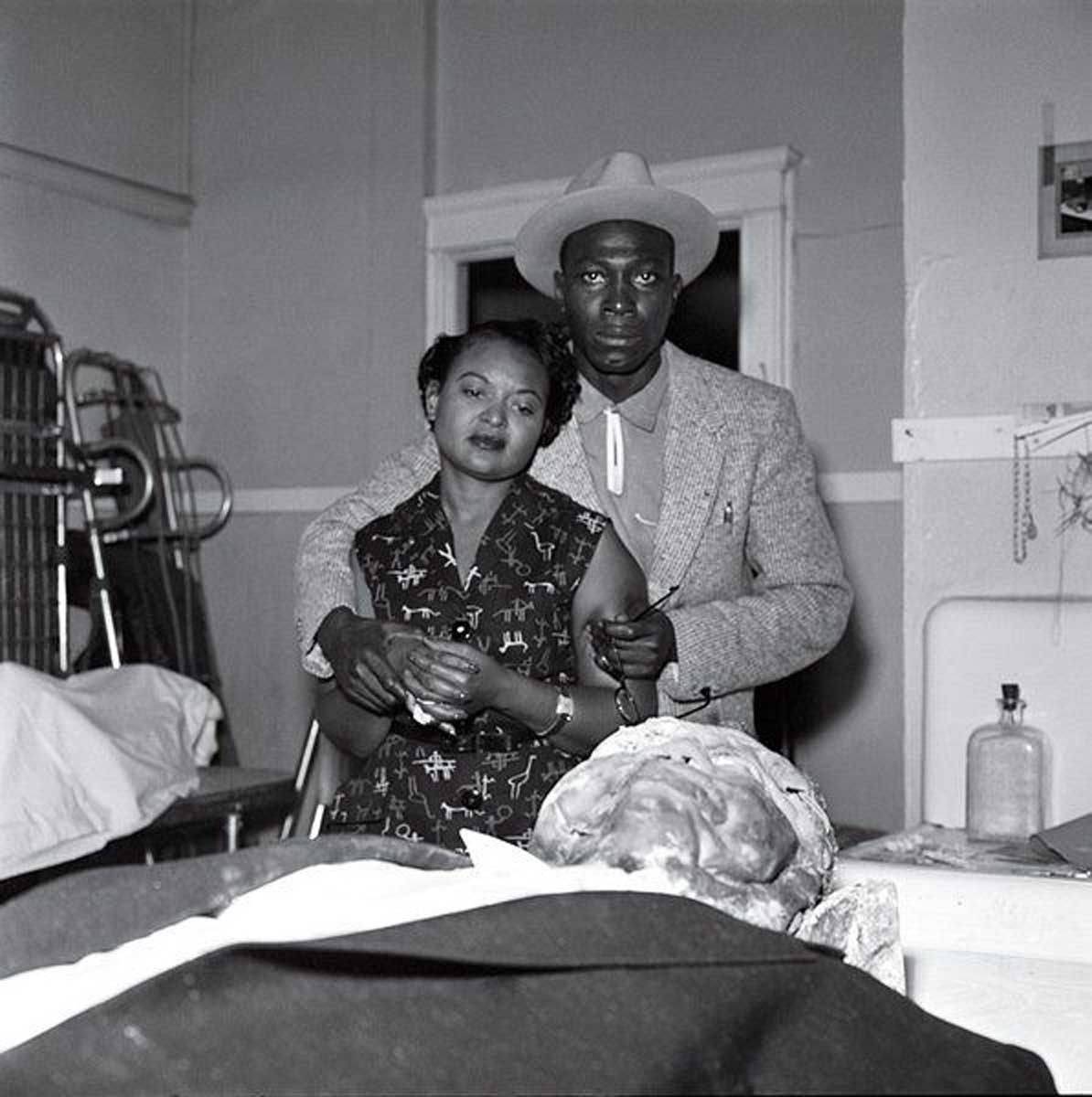Built for longevity, acrylic and gel nails can hinder medical care in an emergency
Published 2:00 pm Friday, October 2, 2015

- Built for longevity, acrylic and gel nails can hinder medical care in an emergency
For millions of manicured women, acrylic or gel nails have become the nails of choice because of their near-indestructible longevity.
Trending
But few women likely know that such endurance can complicate medical care — in ambulances, emergency departments and hospitals in particular.
Show up at a hospital ER because you’re short of breath, and one of the first things doctors or nurses will check is the oxygen level in your blood. They take a reading with a pulse oximeter, a device usually clipped on a finger to get an almost instantaneous reading. It’s a painless, noninvasive procedure.
But the thickness of acrylic or gel nails can often interfere with that measurement. The device relies on infrared and red light to measure the oxygen level, and even regular nail polish, if dark enough, can throw off the reading. It’s why ambulances and ERs have routinely stocked nail polish remover for years.
But acrylic and gel nails are different. Because these artificial products are put on to last. And last and last.
“We can’t get acrylic nails off,” said Howard Mell, an emergency department doctor at Wake Forest Baptist Medical Center in Winston-Salem, N.C., and a spokesman for the American College of Emergency Physicians.
For clinicians in the know, the solution is to find another place to take the measurement. An ear lobe or toe can work, or even the forehead, although readings in those locations tend to produce less reliable measurements, doctors say. A physician who needs a highly accurate result for a critically ill patient will have to use other, more complicated means, such as drawing blood directly from an artery.
Trending
“That’s really painful because you’re putting a needle into an artery, and it takes time for the lab to run the test,” said Darria Gillespie, an emergency medicine doctor in Atlanta.
Eva Nies, of Basking Ridge, New Jersey, thinks her 89-year-old mother’s gel nails may have been the reason she wound up in the hospital recently.
Nies had driven her mother, Grace Nutt, to an urgent care clinic because she was running a fever following a flu shot and pneumonia shot. The clinic did a chest X-ray, tested her blood and also used a pulse oximeter on her finger in taking her vital signs.
Generally, a “pulse ox” reading should be between 95 to 100, Mell said. In some people with chronic lung disease, 90 may be considered low-normal. But Nutt, who has no lung problems, had a reading of between 84 to 86. The doctor was so worried that she wanted her hospitalized immediately.
“She told us, ‘A woman with this level of oxygen in her blood — you don’t live at this level,'” Nies recalled in an interview. “I felt that at least 50 percent of why they were pushing us to admit her to the hospital” was the reading on the “finger gizmo.”
The family took her to a local hospital. As a nurse was preparing to measure her oxygen level, Nies’s brother, remembering what had happened at the clinic, suggested that the device be clipped onto his mother’s unvarnished toe. It showed a perfectly normal oxygenation of 98.
Nutt was discharged after two nights in the hospital. Her daughter understands the doctors were erring on the side of caution. Still, she worries that similar situations “could somehow screw something up for someone else,” she said.
Emergency room doctors say people who have chronic lung problems and use emergency rooms frequently may want to consider not getting acrylic or gel nails.
At the same time, clinicians also know that for many women, especially seniors, getting their nails done is a treat and makes them feel pretty.
“We want people to live as normal a life as they can,” Mell said.





